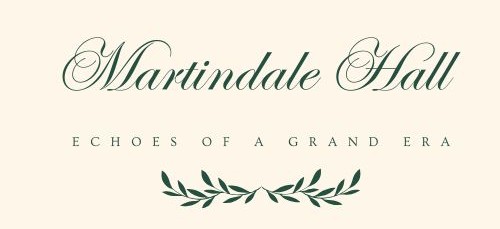Originally posted on the Mintaro Maze website.
Mintaro is a small town located in the Clare Valley region of South Australia, approximately 125 km north of Adelaide. The town was established in the mid-19th century and has a rich history dating back to the early days of South Australian settlement.
Mintaro was founded in 1849 by Joseph and Henry Gilbert, two brothers who were among the first European settlers in the area. The Gilberts established a sheep station in the area and named it “Mintaro” after a property they had owned in Cornwall, England.
The town grew quickly, with the opening of a post office in 1851 and the establishment of several businesses, including a blacksmith, a general store, and a hotel. Mintaro soon became an important center of trade and commerce in the Clare Valley region.
One of the most significant events in Mintaro’s history was the construction of Martindale Hall, a grand mansion built by wealthy pastoralist Edmund Bowman Jr. in the 1880s. The mansion, which is now a museum, is a testament to the wealth and opulence of 19th-century colonial life in South Australia.
Mintaro also played a role in the development of the region’s wine industry. The first vineyards in the Clare Valley were established in the 1850s, and the town became known for its production of high-quality wines.
Over the years, Mintaro has faced its share of challenges, including economic downturns and natural disasters such as floods and bushfires. However, the town has persevered, and today it is a popular tourist destination known for its historic architecture, scenic beauty, and vibrant arts community.
Today
Visitors to Mintaro can explore the town’s many historic buildings and landmarks, including Martindale Hall, the Mintaro Maze, and the old railway station. They can also sample some of the region’s world-famous wines and enjoy the natural beauty of the Clare Valley region, which is home to picturesque vineyards, rolling hills, and stunning vistas.
